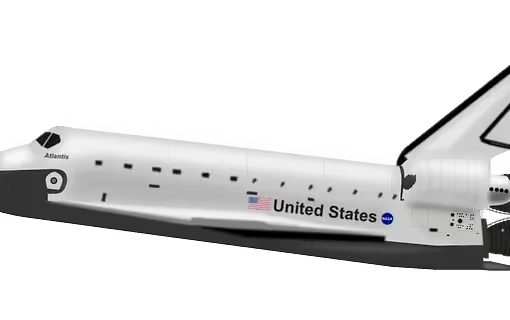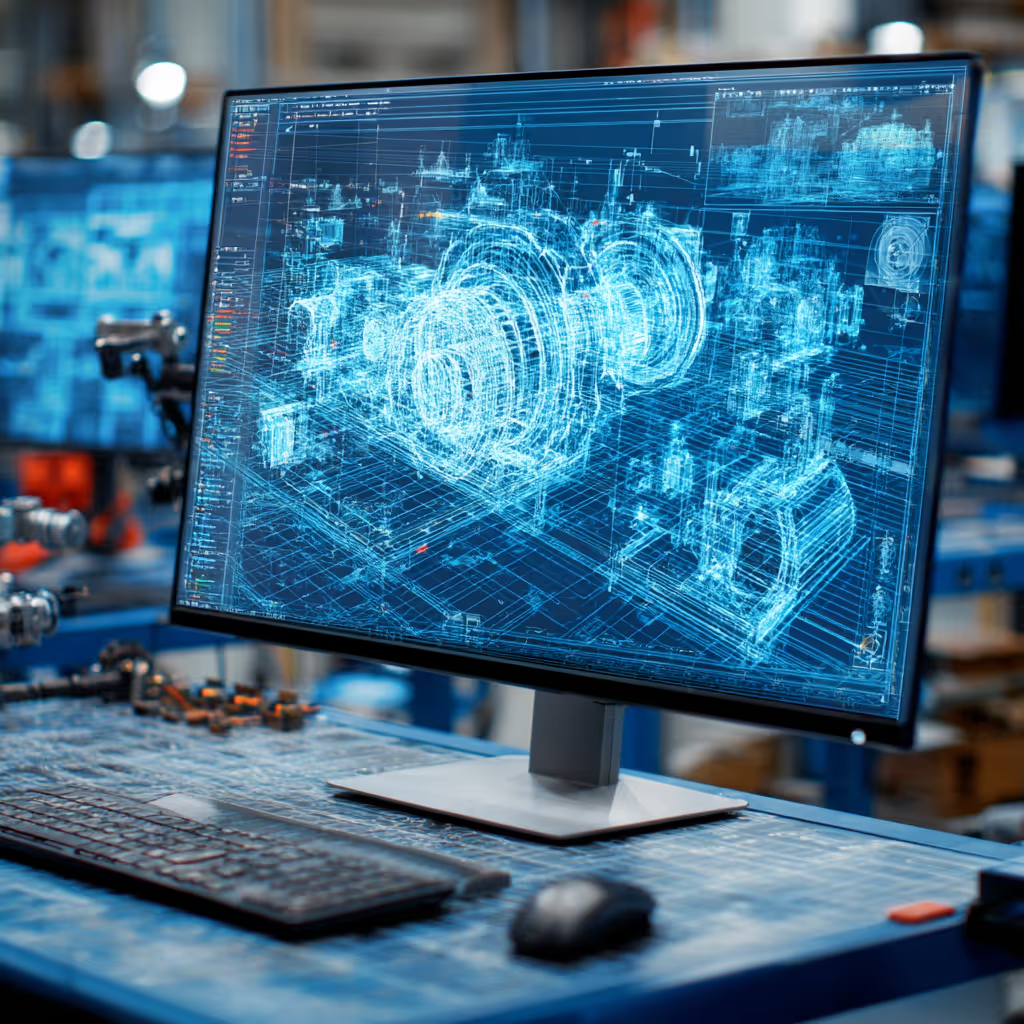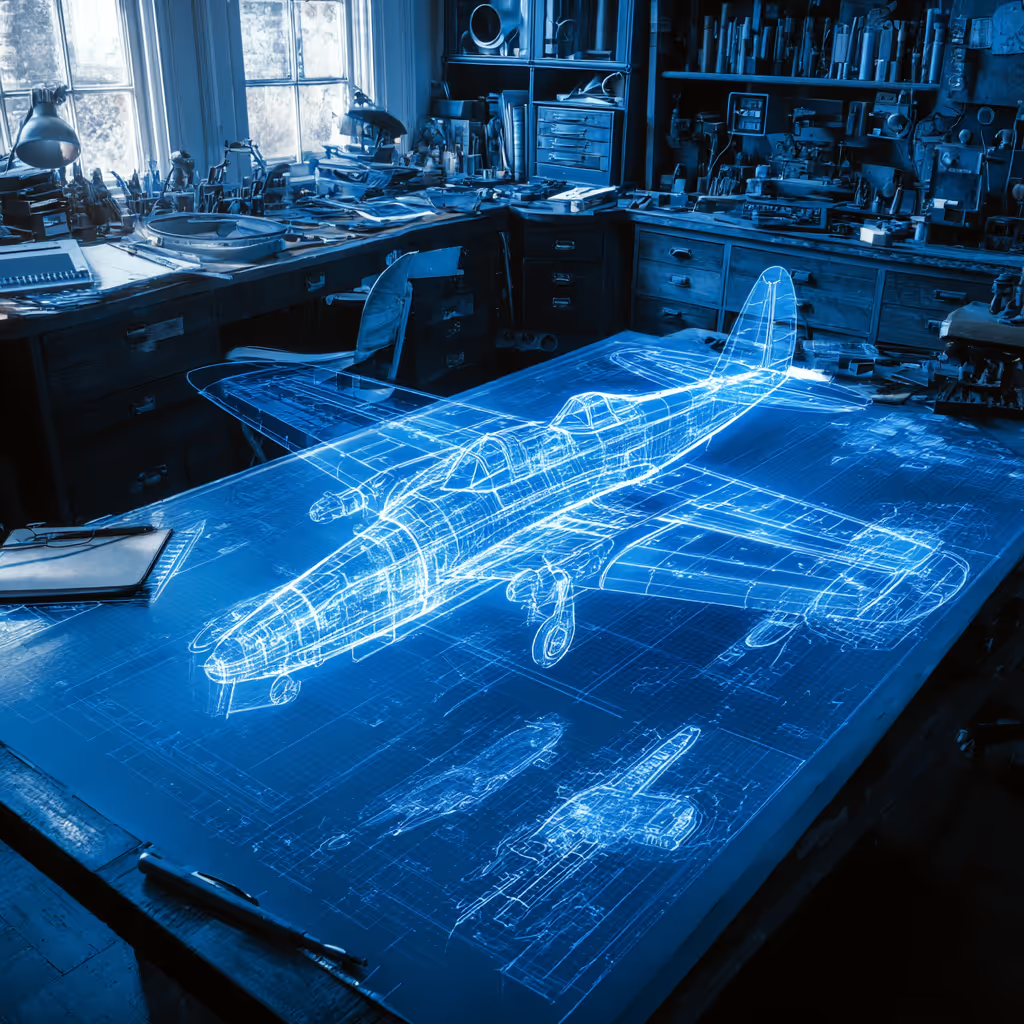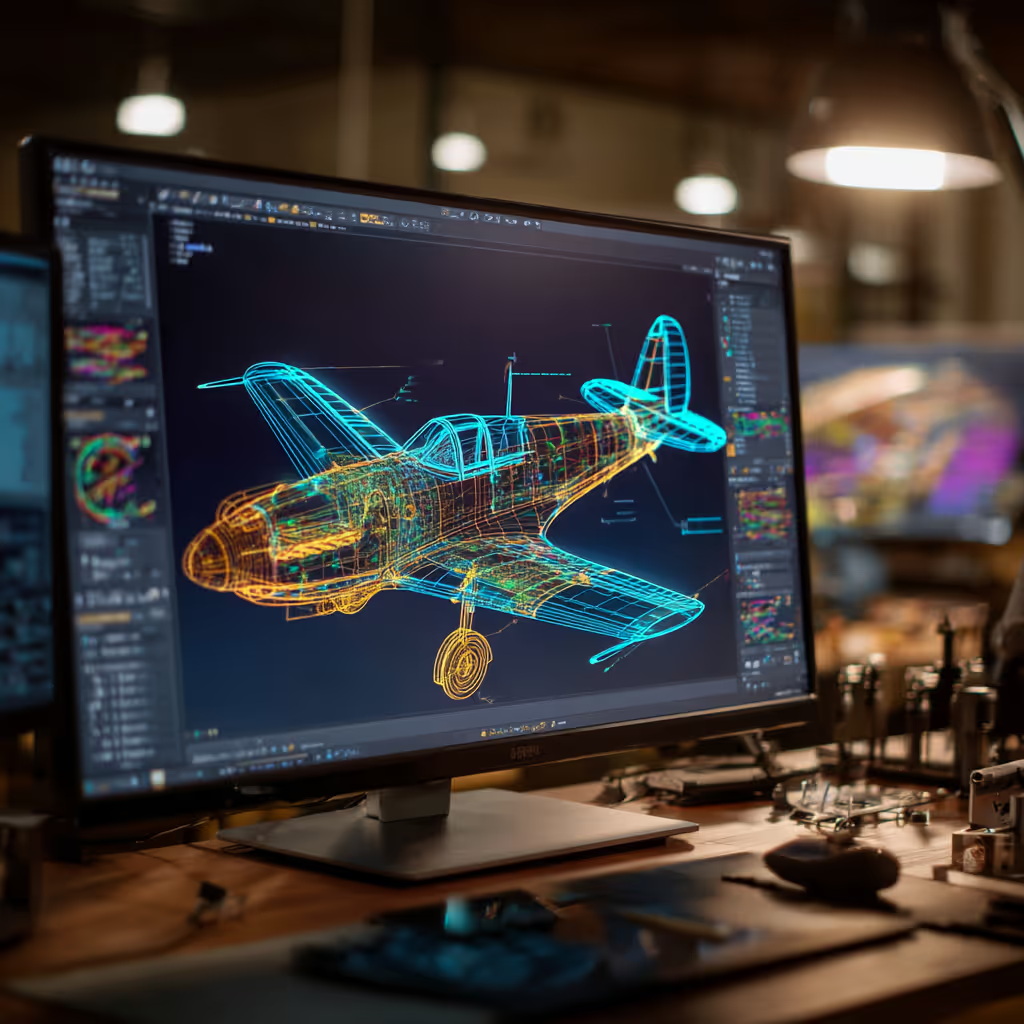How Paper and Mylar Drawings Become 3D Models

How Paper and Mylar 2D Drawings Become 3D Models
So, you want to know how to convert your paper or mylar drawings into 3D models. One word: carefully. But before we get into that let’s look at the reasons for converting.
Reasons for Converting 2D to 3D
There are many companies who have legacy 2D paper drawings or mylar drawings that are still relevant for maintenance and redesign. For instance, aerospace companies need to maintain their drawings for the life of the aircraft, which can be as long as 20 to 30 years, in some cases.
Manufacturing and parts companies need to maintain machinery and repair parts for older equipment.
Companies that generate electricity and water power, as well as railways, and the military all have equipment that can have many years of life, requiring maintenance, parts and occasional redesigning.

Many of these industries have engineering drawings that began life in the days of the 2D CAD. But, today, 3D is the design standard, so these industries and others find it necessary to convert older drawings to newer standards. 3D models are much easier to work with, enabling the reverse engineering that often needs to be done in order to bring complicated machinery up to current requirements.
But, conversion from older paper and mylar to 3D models can be a tricky proposition. That’s why we cautioned at the beginning of this article that it must be done carefully.
Paper drawings can become stained, torn, folded and wrinkled over the years, making it difficult, if not impossible to recreate totally accurate dimensions from scanned images of the originals.
Over Mylar drawings can yellow, shrink and warp, causing distortions in the allowable tolerances. Adding to this problem is the fact that the distortion can vary over the length and width of a mylar drawing. This means that at one end of the drawing the distortion may be very small, while at the other end it can be much larger, based on the varying conditions under which the drawing was stored. When this happens, tolerances become disproportional, and cannot be easily corrected.
These issues can create problems for the in-house CAD team whose main focus is the creation of new designs.
In-House CAD Team Disconnect
It’s not that the in-house staff can’t do the conversions. The problem is the time commitment required for accurate conversion from 2D drawings to 3D models.
In order for any business to be successful and profitable, the focus must be on the future. In-house CAD and engineering teams are rightly focused on next year’s model or the year after that. Taking time from their forward-looking focus to created models for repair parts for machinery that is many years old takes away from a business’s forward drive.
What does it take to succeed in the conversion of un-dimensioned Mylar drawings 3D models? The experts at CAD CAM Services recommend the following six steps:
- Technical Review of Mylar or Paper Drawings
- Pre-Scan Clean-up of Mylar/Paper Drawings
- Scanning with Large Format Technical Scanner
- Enhance Scanned Image
- Check for Quality Control of Scanned Image
- Convert to 3D
Why Outsourcing Makes Sense
Most 3D modeling systems offer features that help manage the accuracy and completeness of 2D to 3D conversion. However, the accuracy of conversion seems to be of major concern, and generally requires hands-on time for QC and some manual change. Therefore, many companies have discovered that outsourcing their 2D to 3D conversion of legacy drawings can ensure accuracy while helping them to make the most of their design staff and saving money in the process. Often the ROI of outsourcing far outweighs the loss of productivity occurred when using their own staff.
Recent Posts


Tips for Picking the Perfect 3D CAD Viewer for Your Needs
This guide will teach you about 3D CAD viewers and outline considerations to make before picking the right one. We review 5 options and pick a clear winner.

In this guide, you’ll learn how CAD/CAM Services can save you time and money during each digitization project. Digitization can make manufacturing faster than ever before.

How to Build an Aircraft Model by Converting 3D-Scanned STL Files into Functional 3D STEP Files
This in-depth guide will teach engineers how to use 3D-scanned aircraft files and transform them into manufacturable 3D STEP files with fewer mistakes.
